STLE honors two key tribology anniversaries
The Editors | TLT Tribology March 2016
March is the month when STLE was formed and the ‘Jost Report’ was issued. We start the celebrations by listing The 12 Greatest Events in Tribology History.
POP THE CORKS! The lubrication industry is celebrating two critical anniversaries this month.
On March 3, 1944, the organization that would eventually come to be known as the Society of Tribologists and Lubrication Engineers (STLE) was incorporated. For the first time, those companies involved in the lubricants industry coalesced into one entity with the power to provide technical information, create education opportunities, increase professional development and offer international networking experiences. STLE also made it easier for the many and diverse companies in the lubricants industry to conduct business with each other and their customers.
Twenty-two years later on March 9, 1966, the British study known as the “Jost Report” (after committee chair Dr. H. Peter Jost) was released. For the first time the monetary effects of proper lubrication procedures were documented, and the importance of lubrication, until then an afterthought for many machinery manufacturers and plant managers, became a global concern.
On March 2 a celebration of the 50th anniversary of the Jost Report is happening at Buckingham Palace in London. Representatives from STLE, including President Martin Webster and Vice President Ali Erdemir, are attending. TLT will cover the event and offer a more comprehensive article on the Jost Report in the May issue. STLE is promoting the anniversary industry wide with articles, press releases and a 50% discount on prerecorded STLE Webinars on March 9. Use promo code “tribology50.”
TLT kicks off the celebrations with this list of The 12 Greatest Events in Tribology History as selected by TLT readers. Enjoy.
The 12 Greatest Events in Tribology History

1. First Lubricants
Prehistoric man first uses natural materials like plant oils and animal fat to overcome friction. The ancient Egyptians develop sophisticated methods of applying such materials and become the first lubrication engineers.
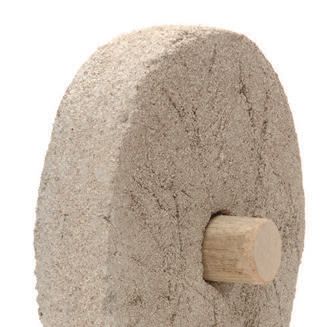
2. The Wheel
Rolling technologies such as pebbles, logs and ultimately the wheel and ball bearings are used to facilitate motion. Ancient Egypt again leads the way, developing elegant means of overcoming friction by rolling motion.

3. Laws of Friction
The theories, deductions and experiments of scientific geniuses Leonard da Vinci (1452-1519), Isaac Newton (1643-1727), Guillaume Amontons (1663-1705) and Charles Coulomb (1736-1806) give the world its first intellectual insights into the world of friction.
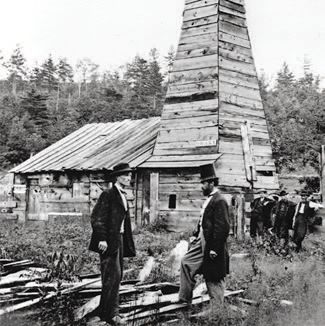
4. Drake’s Well
On Aug. 27, 1859, Col. Edwin Drake and partner Billy Smith, ignoring the naysayers, use a steam-powered engine to drill the first oil well nearly 70 feet deep in Titusville, Pa., a step that leads to the eventual dominance of lubricants made from crude oil.
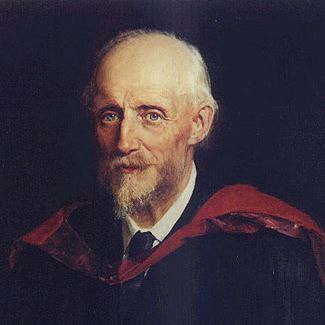
5. Hydrodynamic Lubrication
The Industrial Revolution spurs advances in tribological science. Using a specially constructed test rig for journal bearings, Beauchamp Tower discovers hydrodynamic lubrication in 1883. Three years later, Osborne Reynolds (above) publishes a differential equation describing the pressure buildup in an oil film.
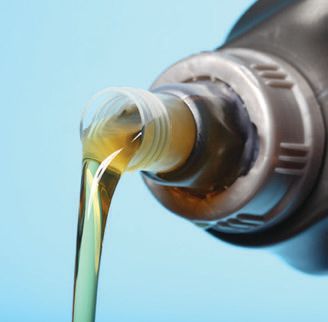
6. Synthetic Lubricants
Frans Fischer and Hans Tropsch in 1923 develop a successful process for converting methane into synthetic substitutes for petroleum products. While other chemistries also are created, synthetic hydrocarbons such as polyalphaolefins come to dominate the synthetic lubricant market.
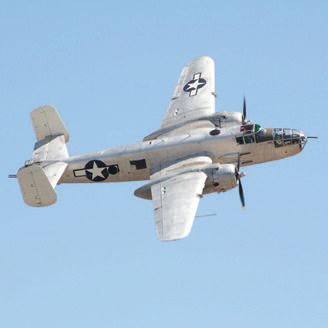
7. Additives
Chemistry booms during the early 1900s, and by the ’30s and ’40s lubricant additives are created at breakneck speed. Zinc dithiophosphate, whose use would eventually be threatened, bursts onto the scene in 1941 and becomes the additive of choice for anticorrosion, antioxidant and antiwear capability.
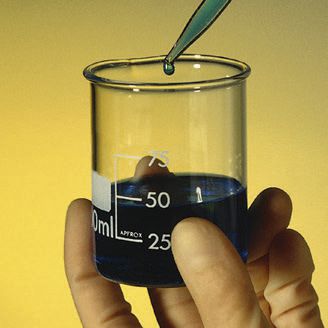
8. Tribotesting
The Pin and Vee Block tester debuts in 1927, ushering in an era of standardized machines that allow reliable, reproducible test results on lubricants. Engineers now can quantify and specify the performance of lubricants for specific applications. Organizations like ASME, ASTM and STLE formalize committees that agree on standard tests for engine efficiency, fuel octane, lubricant performance and more.

9. Elastohydrodynamic Lubrication
Tribologists use the Stribeck curve to study the transition between boundary and hydrodynamic regimes and, around the middle of the 20th Century, elucidate the principles of elastohydrodynamic lubrication. This leads to improvements in the design and protection of rolling-element bearings and related high-contact stress applications such as automobiles, steel mills and turbomachinery.

10. Self-lubricating Materials
Although the use of carbon as a solid lubricant was mentioned in 1906, it isn’t until the 1930s and ’40s that self-lubricating materials such as molybdenum disulfide and polytetrafluoroethylene are formulated, allowing lubrication in extreme conditions.
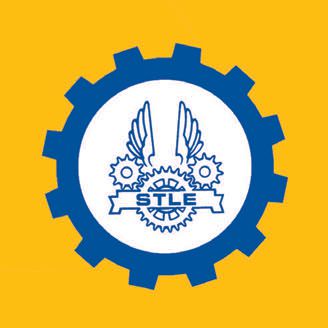
11. STLE Formed
On March 3, 1944, articles of incorporation are filed in the state of Illinois for the American Society of Lubrication Engineers. For the first time the lubrication industry’s many players are united. The name is changed to STLE in 1987.

12. The Jost Report Released
Lord Bowen of Chesterfield, England’s Minister of Education and Science, forms the Committee on Tribology to investigate the current state and future needs of industrial lubrication practices. Released March 9, 1966, the Jost Report documents the billions in savings that can be realized by proper lubrication procedures.